Good posture is more than just sitting up straight; it’s critical to your overall health. Maintaining proper posture keeps your spine aligned, which reduces strain on your muscles and joints. Slouching, which is frequently caused by long hours of sitting, poor desk setups, or simply bad habits, can cause back pain, neck strain, and even fatigue over time.
When you slouch, your body has to work harder, causing discomfort and a decrease in energy throughout the day. What is the good news? With a few simple exercises, you can improve your posture and feel better.
Table of Contents
ToggleWhy Good Posture Matters
Having good posture offers a variety of benefits:
- It reduces strain on your spine and muscles, thereby preventing pain.
- Proper posture improves breathing, allowing you to get more oxygen and stay energized.
- It boosts your confidence because standing or sitting tall makes you feel and appear more secure.
- Your overall physical performance improves when your body is aligned.
Poor posture, on the other hand, can result in long-term issues such as back or neck pain. That is why it is critical to be aware of your own behavior and take steps to improve it.
7 Exercises for Better Posture
Chest Opener Stretch
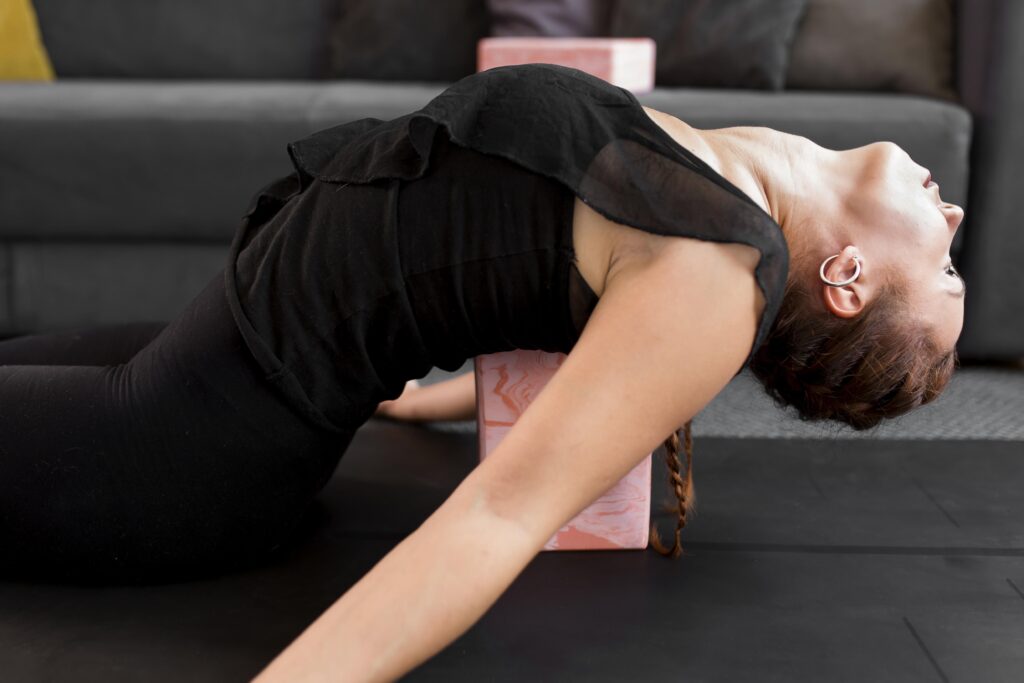
This stretch helps relieve chest tightness.
Stand up straight, place your hands behind your back, and gently pull your arms back. You’ll feel a comfortable stretch across your chest. Hold for a few seconds and then release. It’s an excellent way to open up your chest, especially after sitting for a long time.
Shoulder Blade Squeeze

This exercise helps to strengthen the upper back and improve posture.
Simply sit or stand up straight, draw your shoulder blades back as if pinching them together, hold for a few seconds, and then relax. It’s simple to do anywhere and helps prevent slouching!
Cat-Cow Stretch
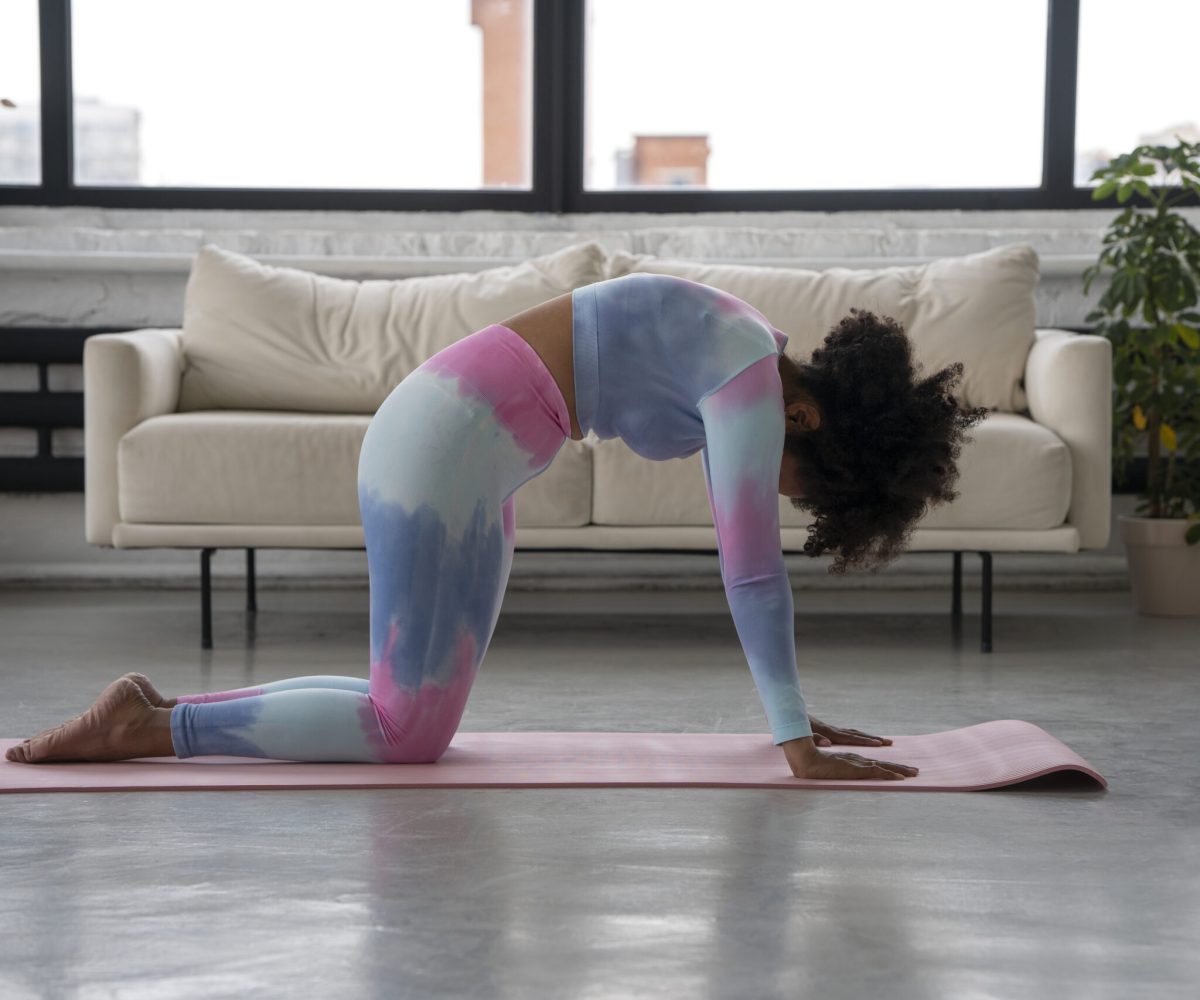
This exercise improves spinal flexibility.
Begin by getting on your hands and knees. Slowly arch your back upwards, like a stretching cat, and then lower it down, allowing your belly to drop while lifting your head and tailbone. Move gently between these two positions, following the flow of your breathing. It’s an excellent way to relax and warm up your spine.
Wall Angels
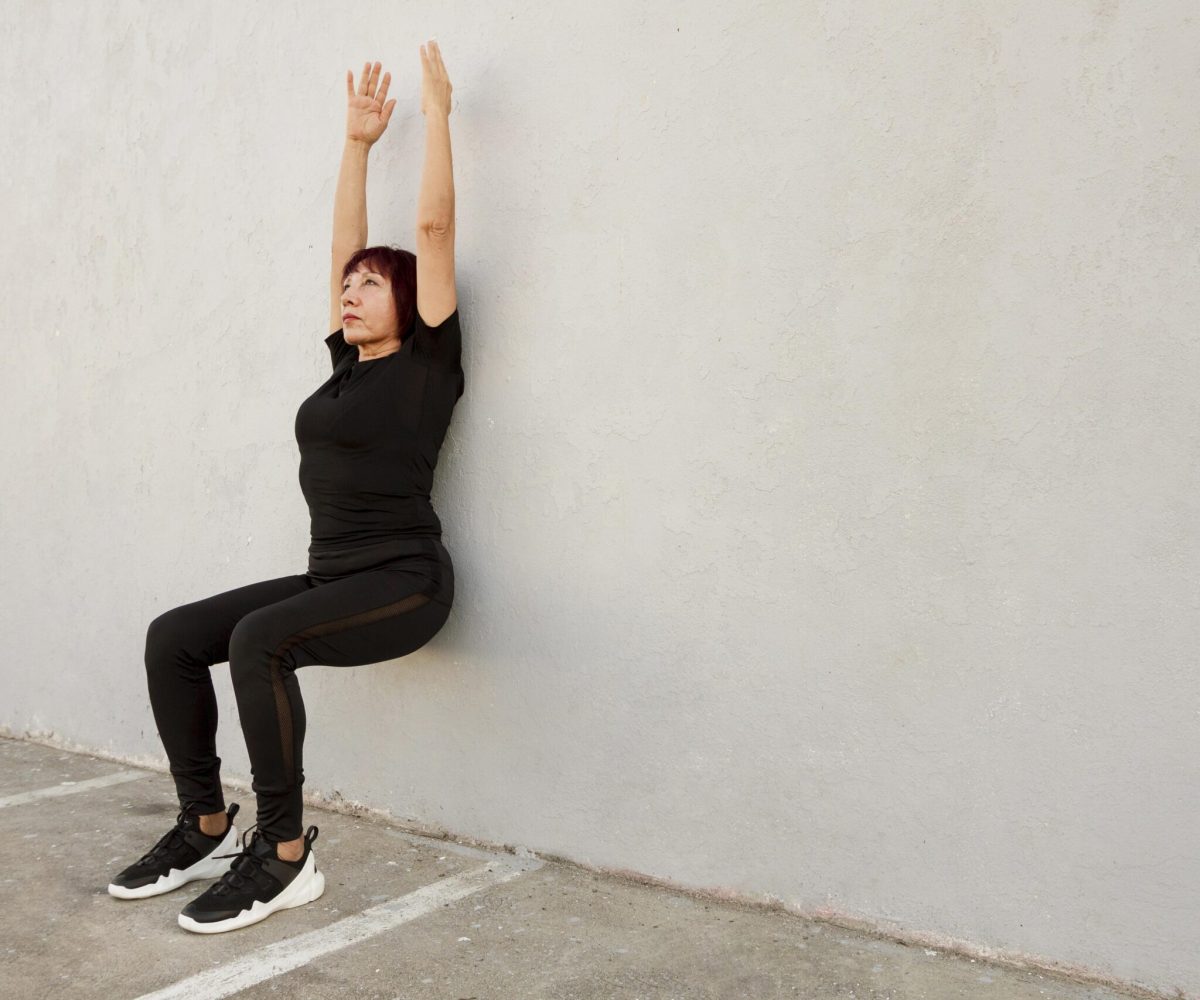
Wall Angels are an excellent exercise for increasing upper-back and shoulder strength.
To perform this exercise, stand with your back against a wall and raise your arms to shoulder height in a “W” formation. Gently press your arms against the wall and slide them up and down, mimicking the motion of creating snow angels. This exercise helps to open the chest and strengthen the muscles that support good posture. It’s a simple yet effective way to prevent slouching and keep your upper body in alignment!
Plank Pose
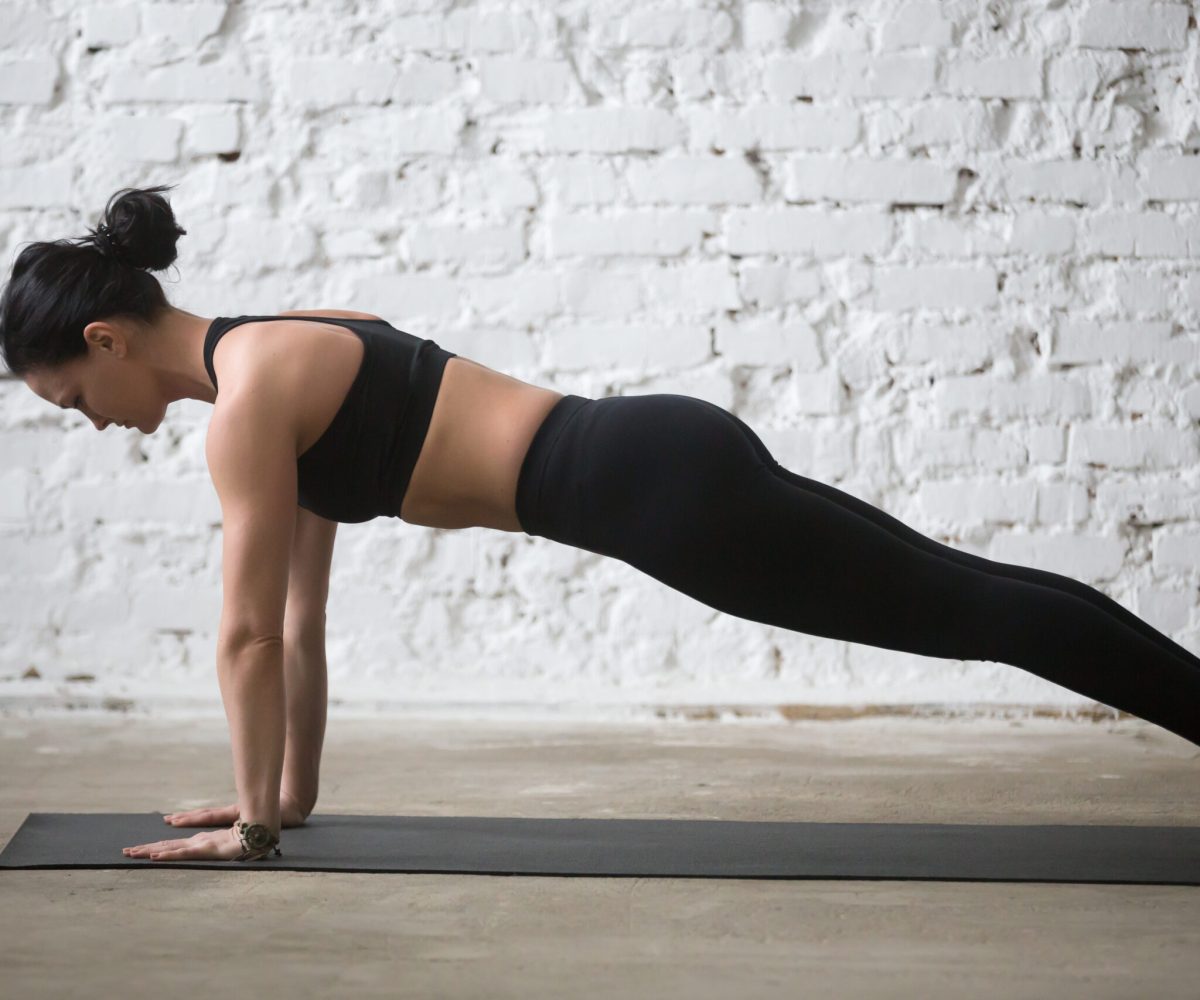
Plank Pose is an excellent exercise for strengthening your core and back muscles, which are required for proper posture.
To perform a plank, lie face down on the floor and lift your body up onto your forearms and toes, keeping your body in a straight line from head to heels. Make sure to engage your core by pulling your belly button towards your spine and avoiding letting your hips sag or rise too far. Aim to hold this position for 20 to 30 seconds, breathing evenly. This simple but effective exercise increases stability and strength, making it easier to stand tall and sit straight all day.
Bridge Pose

To do so, lie on your back, knees bent and feet flat on the floor, hip-width apart. Press your feet into the ground, lift your hips to the ceiling, and squeeze your glutes at the top. Hold for a few seconds before lowering back down.
This exercise not only improves your posture but also stretches your hip flexors and strengthens your core, making it a great addition to your daily workout!
Child’s Pose
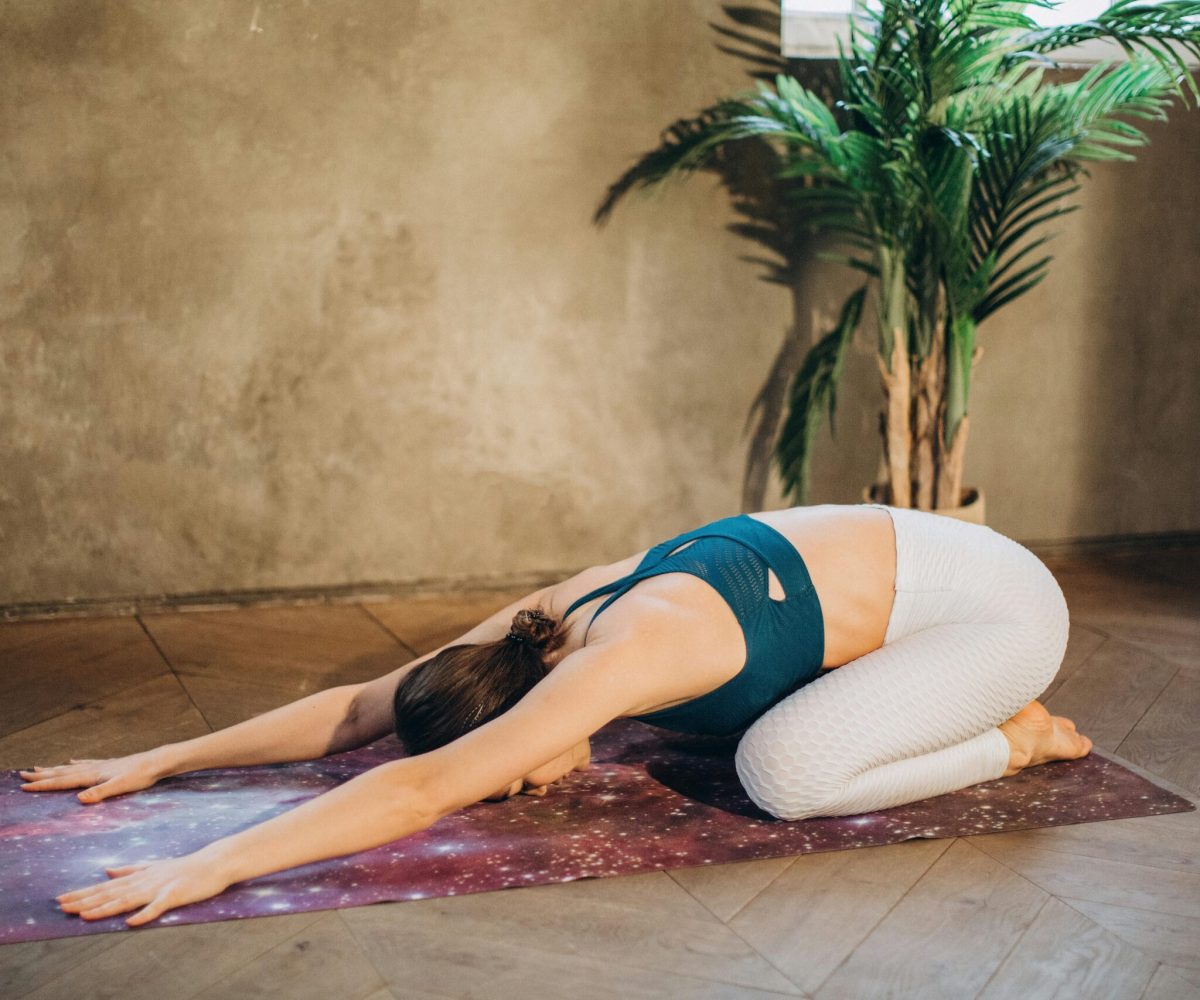
Child’s Pose is a gentle stretch that targets the lower back and shoulders, making it ideal for releasing tension.
Start on your hands and knees, then sit back on your heels with your arms extended forward on the ground. Place your forehead on the mat and take deep breaths as you feel the stretch in your back and shoulders. This calming pose improves flexibility while also providing a moment of relaxation, making it an excellent addition to your daily routine.
Posture Improvement Tips
Ergonomic Desk Setup: Make sure your workspace is designed to promote good posture. Your chair should provide adequate back support, and your computer screen should be at eye level to avoid slouching.
Take regular breaks: Remember to get up and move! Set a timer to remind you to stand and stretch every hour. Even a quick walk around the room will help.
Maintain Your Posture: Be mindful of how you sit and stand throughout the day. Whether you’re at your desk or in line, keep your shoulders back and your head aligned with your spine.
Use Supportive Chairs or Cushions: Purchase a chair that supports your lower back, or use a cushion if necessary. This can create a big difference in maintaining a healthy posture.
To see significant improvements in your posture, aim to do these exercises 3-4 times per week. Consistency is key! The more you practice good posture, the more natural it will feel in your daily activities. Make it a habit, and you’ll notice a positive difference over time!
Lastly, Good posture is critical to your overall well-being. It can help you avoid pain, gain confidence, and increase your energy levels. By incorporating these simple exercises into your daily routine, you can make significant progress toward improved posture and a healthier you.
We would love to hear from you! Have you tried any of the following exercises? Do you have any other tips for improving posture? Please leave your thoughts and experiences in the comments below!
FAQs
Aim to hold each exercise for 15-30 seconds and repeat 2-3 times. Gradually increase the duration as you become more comfortable.
Try to incorporate these exercises into your routine three to four times per week. Consistency is essential for seeing improvements in your posture.
Many of these exercises can help with back pain by strengthening and stretching the muscles that support the spine. However, if you have chronic pain, you should consult with a medical professional before beginning any new exercise routine.
Always listen to your body. If you feel any pain or discomfort while exercising, stop immediately. If you have any existing injuries or conditions, speak with your doctor before beginning these exercises.
Yes! Many of these exercises can be adapted to be performed at your desk or in a small area. Simple stretches, such as the chest opener and shoulder blade squeeze, can be integrated into your workday.
How long does one have to do these exercises before rests are noticeable .
You just need to maintain concistency. you will see noticable results in few weeks..Thanks for your feedback!